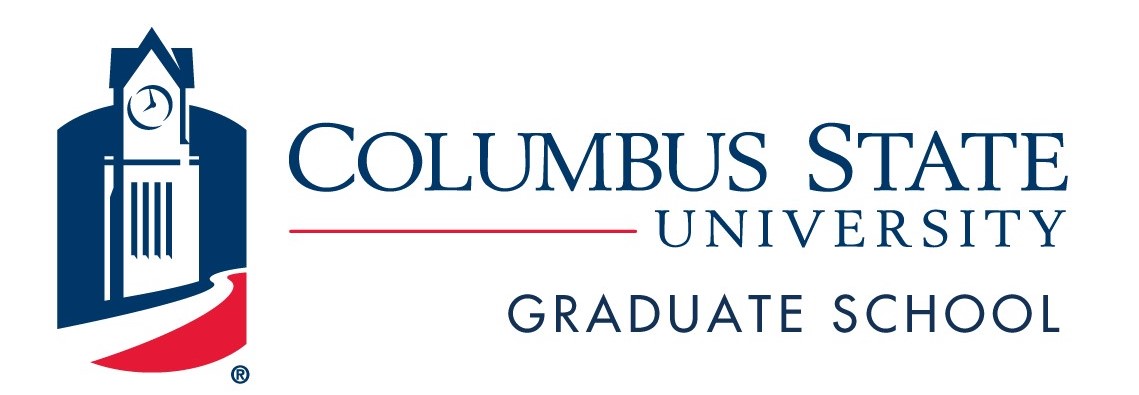Microbursts in the Eastern United States and Their Predictability
Presentation Type
Event
Location
Columbus State University
Start Date
3-11-2022 3:00 PM
Description
Microbursts are thunderstorm outflows that impinge vertically onto the ground and then diverge horizontally. Although they represent less than 10% of severe wind reports across the eastern United States, microbursts are responsible for approximately 25% of severe wind damage (in U.S. dollars) in states east of the Rocky Mountains and represent a substantial percentage of reports in the upper tail of the severe wind speed distribution. This presentation will briefly discuss 1) the climatology of microbursts in the eastern half of the U.S. and 2) the predictability of microbursts in the Northeast U.S. using radar and lightning data. The total microburst reports in the eastern U.S. have remained relatively consistent in most regions since the turn of the 21st century. Some locations across the eastern U.S., including western Kentucky, central South Carolina, eastern New York, and southern Wisconsin, see substantially more microburst reports than the background rate; it is unclear whether this is due to increased local reporting by National Weather Service personnel or it is a natural phenomenon. Microbursts are most common during the summer afternoons, but there are some regional differences in the seasonal and diurnal timing of microburst activity. It appears that complex topography can have an influence both on the frequency and behavior of microbursts. In parts of New York and Pennsylvania, microbursts appear to be less predictable using peaks in radar parameters such as volume integrated liquid and echo top height. Peaks in lightning data previously found to shortly precede microburst activity in Alabama were not found to reliably predict microbursts in the Northeast U.S. It is hypothesized that the complex topography of the Northeast U.S. disrupts thunderstorm updrafts, producing less predictable patterns in radar and lightning parameters.
Microbursts in the Eastern United States and Their Predictability
Columbus State University
Microbursts are thunderstorm outflows that impinge vertically onto the ground and then diverge horizontally. Although they represent less than 10% of severe wind reports across the eastern United States, microbursts are responsible for approximately 25% of severe wind damage (in U.S. dollars) in states east of the Rocky Mountains and represent a substantial percentage of reports in the upper tail of the severe wind speed distribution. This presentation will briefly discuss 1) the climatology of microbursts in the eastern half of the U.S. and 2) the predictability of microbursts in the Northeast U.S. using radar and lightning data. The total microburst reports in the eastern U.S. have remained relatively consistent in most regions since the turn of the 21st century. Some locations across the eastern U.S., including western Kentucky, central South Carolina, eastern New York, and southern Wisconsin, see substantially more microburst reports than the background rate; it is unclear whether this is due to increased local reporting by National Weather Service personnel or it is a natural phenomenon. Microbursts are most common during the summer afternoons, but there are some regional differences in the seasonal and diurnal timing of microburst activity. It appears that complex topography can have an influence both on the frequency and behavior of microbursts. In parts of New York and Pennsylvania, microbursts appear to be less predictable using peaks in radar parameters such as volume integrated liquid and echo top height. Peaks in lightning data previously found to shortly precede microburst activity in Alabama were not found to reliably predict microbursts in the Northeast U.S. It is hypothesized that the complex topography of the Northeast U.S. disrupts thunderstorm updrafts, producing less predictable patterns in radar and lightning parameters.

